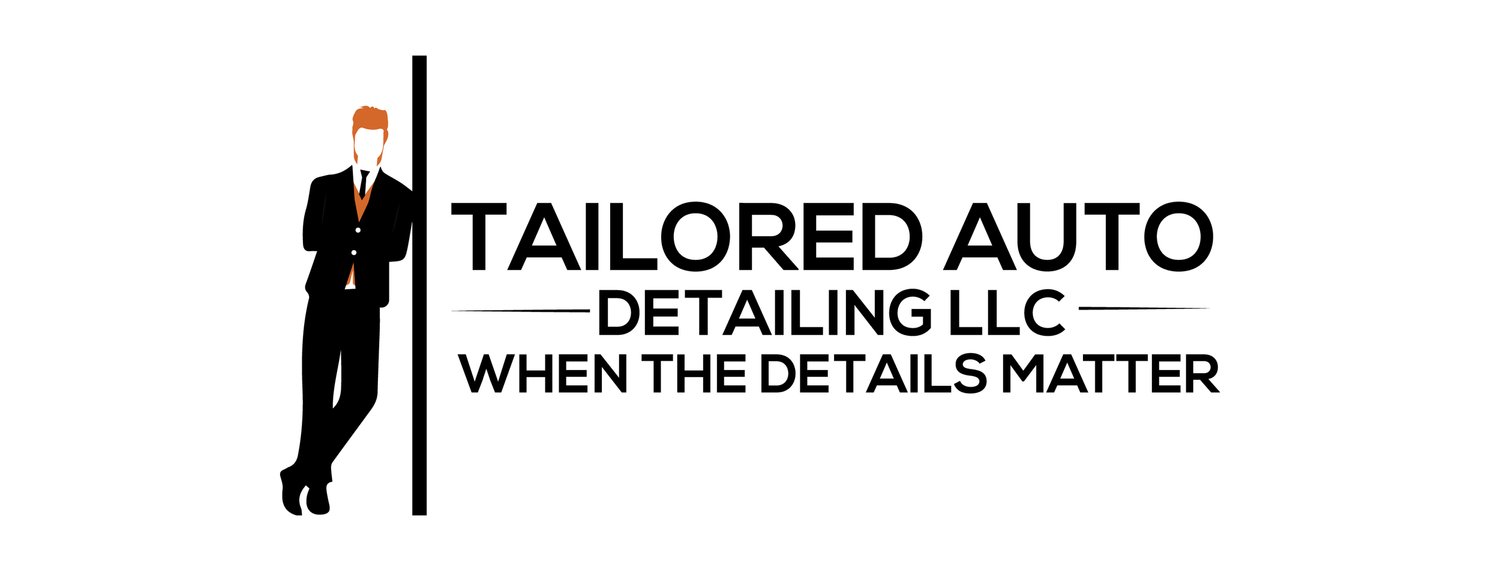Paint Correction Prices?
What does paint correction cost and how do you know if you should pay the price?
Let’s get some clear answers... Below I’ve given a simple breakdown of average paint correction prices based on vehicle size and average level of correction desired:
Compact/Sports Car: $225-$425
Sedan: $250-$450
Small SUV/Truck: $270-$470
Standard SUV/Truck/Jeep: $285-$485
XL SUV/Truck/Jeep: $300-$500
Paint Enhancement
Includes:
Full exterior wash
Clay bar and iron decontamination treatment
Paint Enhancement to remove majority of swirls and oxidation (little to no improvement for deeper scratches)
Price:
$225 - $285 depending on vehicle size
Single-Stage Paint Correction
Includes:
Full exterior wash
Clay bar and iron decontamination treatment
1-stage Paint Correction to remove >85% of swirls, oxidation, and some scratches
Rough price range:
$425 - $485 depending on vehicle size
2-3 Stage Paint Correction
Includes:
Full exterior wash
Clay bar and iron decontamination treatment
2-stage Paint Correction to remove 100% of swirls and oxidation, as well as the majority of scratches (some scratches may still need wet-sanding)
Rough price range:
$825 - $1385 depending on vehicle size and level of paint correction desired
It’s important to keep in mind… these are AVERAGE Paint Correction prices, and like we said, one of our favorite parts of the job is working with customers 1 on 1 to find exactly what works for them.
At Tailored Auto Detailing, we try to live up to our name and tailor our services to the wants and needs of each customer. As such, we try to provide as many options as possible, while remaining simple and streamlined. All you have to do is answer some questions about your vehicle, and what your plans are for it, and we’ll handle the rest.
Why Is Paint Correction So Expensive?
To better understand Paint Correction prices, it’s important to understand what is required in order to perform paint correction properly
Step 1: Paint Correction Preparation
Before performing paint correction, and before doing ANYTHING for that matter, we have to ensure that the paint is not only clean, but completely stripped bare! This requires a little more than simple car washing. During the paint stripping and decontaminating phase we walk through 5 major paint correction preparation stages:
‘The pre-wash wash’ where we remove as much surface dirt from the vehicle as possible without touching the paint.
‘Traditional car washing’ which is exactly what you think! After surface dirt removal, it’s time for us to wash the paint the way you did when you were a kid! Well… not exactly, we use better chemicals, better technique, and special processes, but you get the idea!
Next is the ‘iron decontamination phase.’ If you’re not from the detailing world, that phrase means nothing to you. Most people aren’t aware of the tiny contaminants that sit on your car’s paint that are not removed through the washing process. These microscopic contaminants are single handedly responsible for long term paint DAMAGE! We’ve got the chemicals to remove them! Nearing the end we move into ‘clay barring’ the paint.
After you wash your car… run your hand across the paint. What do you feel? Likely not a smooth surface, but rather a surface that LOOKS CLEAN and yet is bumpy like sandpaper. The clay bar phase of our ceramic coating preparation process allows us to remove any and all of the final contaminants that are embedded in the paint leaving a smooth and glassy surface behind that you’ve likely never felt on your car.
Last but not least we move into the ‘final wipe down & solvent removal’ stage. This phase is exactly what it sounds like. We use a specific type of chemical that will remove any last minute oils, residues, waxes, or any other chemical that is left on the surface of the paint.
Step 2: Paint Correction
Paint correction is a process of paying meticulous attention to detail. Clear coat levels must be monitored to ensure enough is left to protect the underlying paint and bodywork (or enough for a long term ceramic coating to bond to). Levels of aggression have to be controlled through careful selection of pad, polish, and technique. And, finally, we have to get results! These key aspects of the process are performed through three key tools:
How do we measure clear coat?
Here’s the simple answer: We use a paint thickness gauge to measure the thickness of the paint. There are many calculations and guidelines for determining the amount of clearcoat versus color coat or primer, but those are pretty monotonous details., so we’ll skip the boring bits. We measure the thickness of the paint before we start and after we are finished to make sure we leave our client’s car protected and ready to bond to a ceramic coating should the client choose.
How do paint correction and paint enhancement differ?
Paint correction is nothing more than more aggressive paint enhancement. However, the goals of correction and enhancement differ. Both use a pad and a polish, but paint correction focuses on cutting through defects, while paint enhancement aims to add gloss, shine, and depth to the paint. In 2-stage paint correction, we cut so aggressively that a second stage, or paint enhancement, is needed to perfect the paint.
How do we get results?
The amount of damage on the car determines the level of correction needed. If you have a relatively new car, or particularly thin paint, we will employ paint enhancement or a single stage paint correction to take out or mask any minor imperfections while adding maximum gloss and shine to your paint. If your car has significant wear and tear, oxidation, and swirls, and you have enough clear coat, we will employ a two stage paint correction, and potentially light wet sanding, to correct many of the deeper imperfections, like scratches, etchings, and water spots, followed by paint enhancement to finish off the job.










